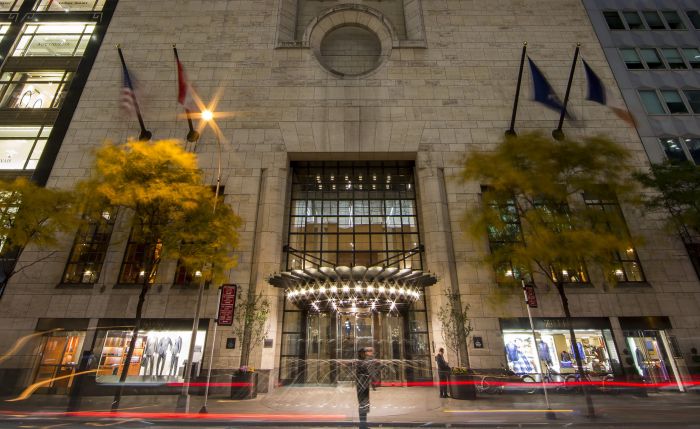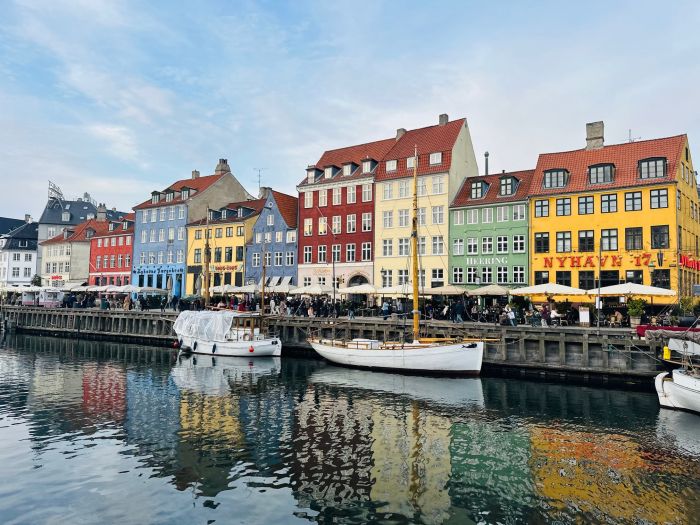Celebrate Earth Day With These 5 Eco-Friendly Hotels
This year marks the 47th anniversary of Earth Day, a 24-hour period dedicated to spreading awareness of environmental concerns and how we can work to create more sustainable environments. For sojourners, traveling well and consciously means booking hotels that are dedicated to using renewable energy and recycled materials, producing less waste, and leaving minimal footprints in their respective locations. To celebrate Earth Day on April 22, we found five eco-friendly properties that go above and beyond to protect our environment and promote more sustainable lifestyles.
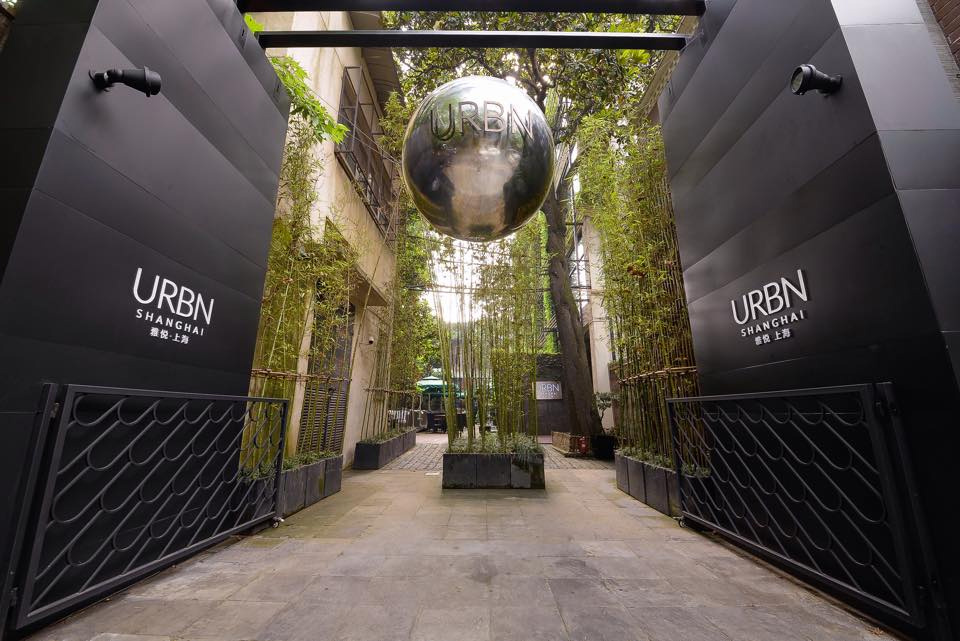
URBN Hotel Shanghai — China
The award-winning, URBN Hotel Shanghai is a design-forward, sustainable boutique hotel situated in China’s biggest city and global financial hub. The 26-room property is built inside a converted factory warehouse, and uses locally-sourced and recycled materials, energy-efficient technologies and organic products are used for cleaning and maintenance. In 2014, Travel + Leisure even named URBN the “Hotel with Lowest Carbon Theme Design.” Aside from its sustainable practices, the retreat is also just plain chic. Rooms are designed with a minimalist, contemporary theme and a neutral color palette that plays off the hotel’s natural surroundings.
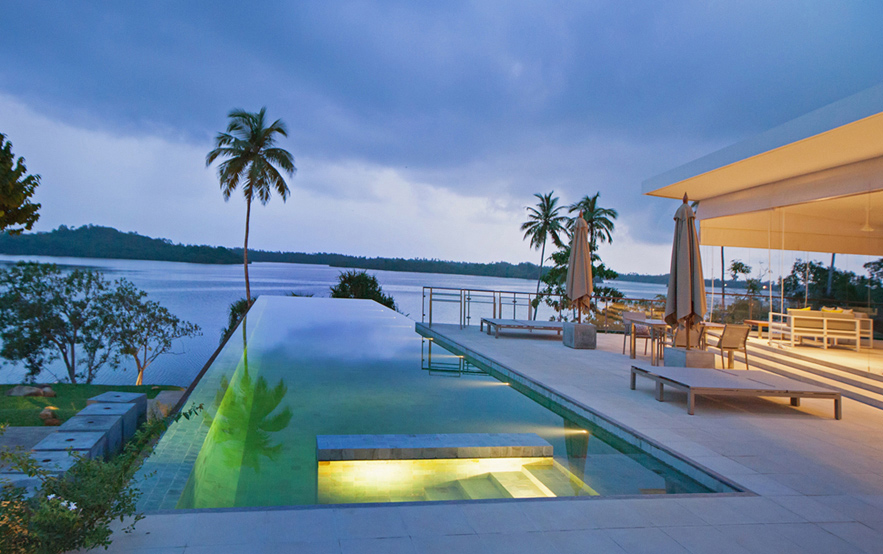
Tri Lanka — Sri Lanka
Located on Koggala Lake in Sri Lanka, the 10-suite Tri Lanka is a charming health retreat boasting living walls, solar hot water and green roofs. A00, a Shanghai-based sustainable design firm and British owner Rob Drummond set out to develop a hotel that respected its natural surroundings and still felt luxurious. The hotel’s guestrooms are made from recycled wood and local materials, and around the resort guests will find a 68-foot infinity pool, a spa, treetop yoga pavilion and dining facilities serving gourmet fare fortified with local superfoods.

Casa Malca — Mexico
Although only built in 2014, Tulum’s Casa Malca underwent a renovation in 2015 and is now one of the most stylish accommodations in Mexico’s Yucatán Peninsula. The 35-room property features rooms built by local craftsmen and artisans and boast natural and organic materials as well as pesticide-free cotton. At the restaurant, guests can enjoy meals crafted from the property’s own garden as well as produce, fish and meats sourced from local vendors and farmers. Along with its eco-friendly practices, the hotel is also home to world-class contemporary art curated by New York gallerist Lio Malca.
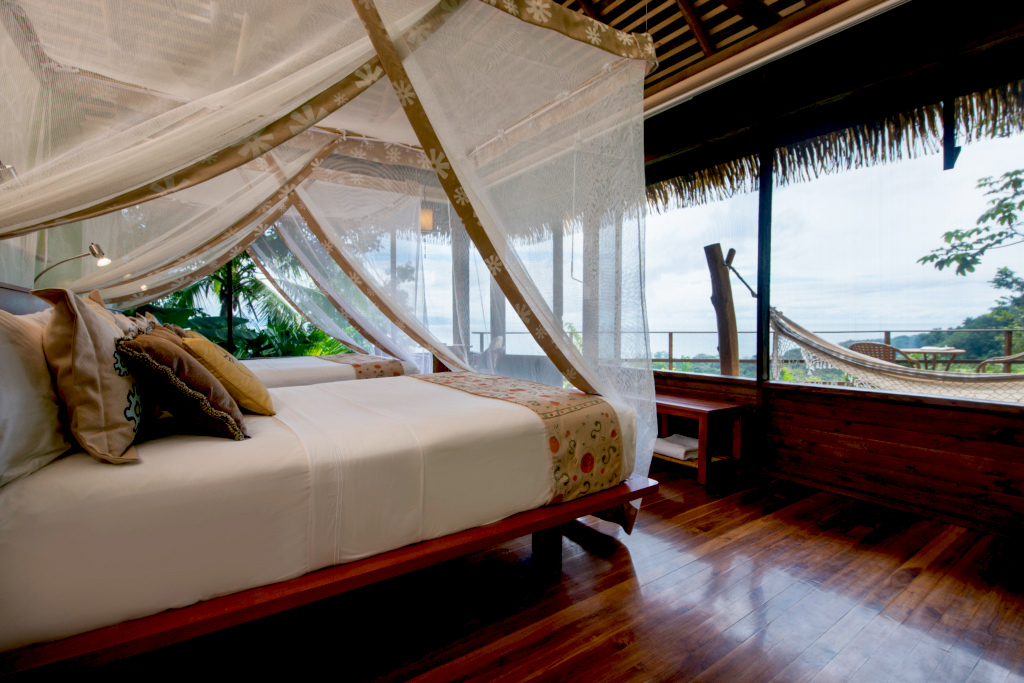
Lapa Rios — Costa Rica
Lapa Rios sits within a private nature reserve on Costa Rica’s Osa Peninsula and features 17 secluded bungalows lining three ridges overlooking the Pacific Ocean. The eco lodge was designed in harmony with surrounding forest and beaches in mind and is focused on sustainable tourism. As a National Geographic Unique Lodge, the hotel has also won worldwide awards for environmental and social excellence. The property features a salt-based pool, a canopy rooftop viewing area, spa treatments and the open-air Brisa Azul restaurant. Guests can also speak with local guides about the region’s geography and biodiversity and learn more about how to support the community’s economy and help preserve the rainforest.
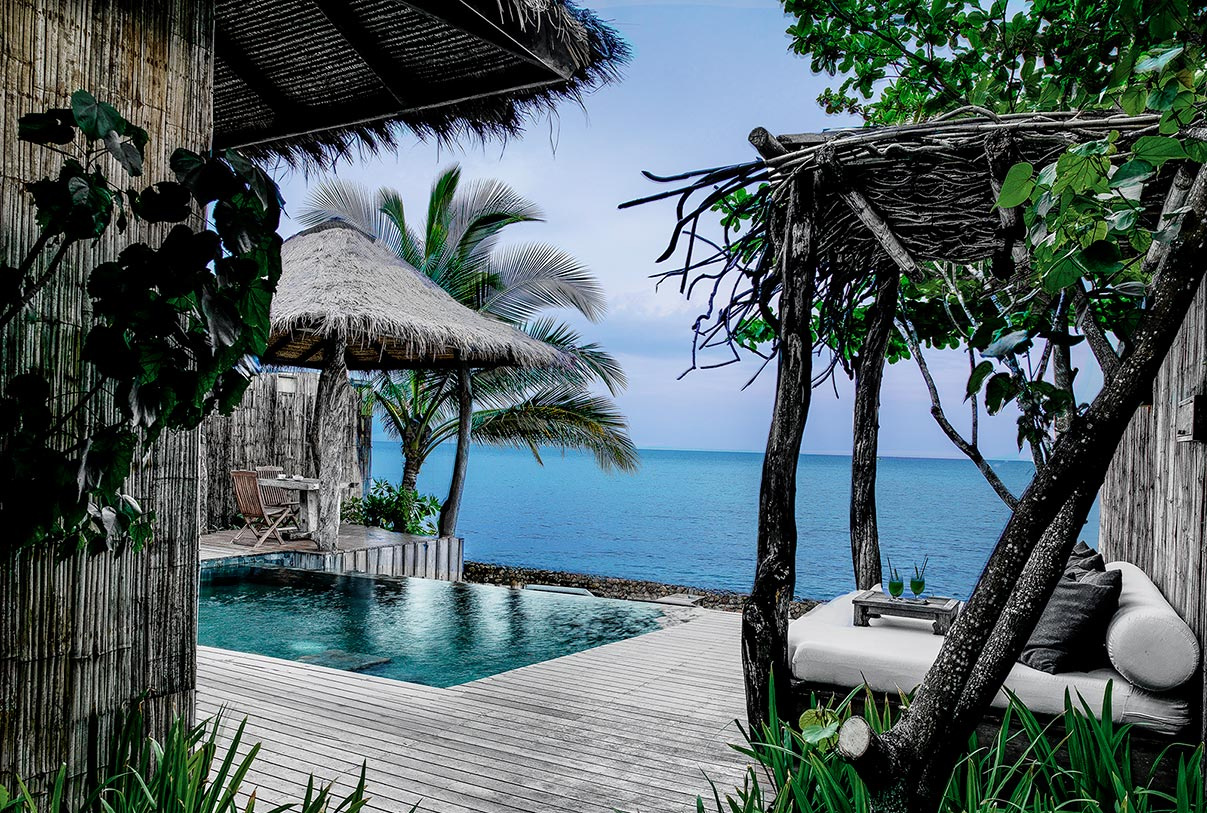
Song Saa — Cambodia
Song Saa describes itself as “luxury that treads lightly,” a fitting maxim for the upscale, 24-villa property that is made entirely from recycled and reclaimed timber by local craftsman. The resort design and architecture reflects their commitment to sustainability, with each villa utilizing “up-cycled” décor and repurposed furniture. Rooms are decorated with driftwood tables, decks made from salvaged wood reclaimed from old fishing boats and discarded oil drums are transformed into new lamps. But Song Saa doesn’t stop there, the resort is part of a foundation that creates programs that improve the welfare of the local communities, land and water. During your stay, you can learn about how to make a difference in the lives of Cambodian families, how to protect the ocean’s marine life, discover land-based initiatives that cover the conservation of terrestrial habitats and species in the Koh Rong Archipelago.












